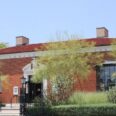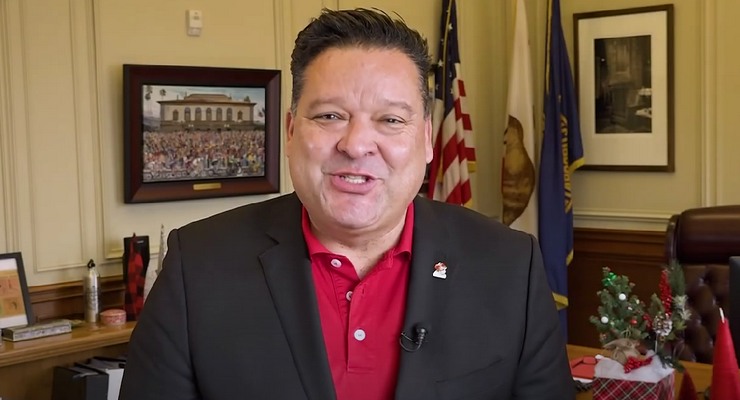
Cal State LA Professor Sarah Minslow, second from left, co-led a two-day workshop at the University of Rwanda in the summer. [Credit: Cal State LA]
A Cal State LA professor who lives in Pasadena has joined as co-principal investigator on a groundbreaking project examining artistic perspectives on peacekeeping missions in post-conflict regions, focusing particularly on Rwanda’s cultural response to genocide.
Pasadena resident Sarah Minslow, an Associate Professor of English at Cal State, is writing catalog essays and creating educational content for the Art of Peace exhibition that opens at The Art Gallery of Western Australia in February 2025.
The initiative, supported by the Australian Research Council’s largest-ever humanities and arts grant of $436,000 through its Linkage Projects program, explores artistic narratives emerging from 1990s peacekeeping missions in Rwanda, Bosnia and Herzegovina, and Timor-Leste.
“Our goal is to hear from people who experienced genocide and lived through the peacekeeping and reconciliation processes and to gain an understanding of the ways they see their own works contributing to national memory and identity,” Minslow said.
During a two-week research trip to Rwanda, Minslow’s team visited prominent art centers, including Inema and Indiba, while meeting with local artists Jean-Baptiste Sebukangaga, Innocent Nkurunziza, and Cedric Mizero.
The delegation toured two genocide memorials, including the Murambi Genocide Memorial Centre, and met with Peace and Conflict Studies academics from the University of Rwanda, examining the intersection of art and reconciliation.
The researchers selected works by three Rwandan artists – Nkurunziza, Mizero, and Teta Chel – for the upcoming exhibition, following extensive visits to studios and the National Art Gallery of Rwanda.
Minslow, who teaches courses in Children’s Literature, War, Genocide and Human Rights, and Psychology of Fairy Tales, co-led a workshop at the University of Rwanda’s Gikondo campus exploring art’s role in reconciliation.
The project, headquartered at Curtin University in Perth, Australia, brings together nine researchers from Australia and the United Kingdom to investigate visual art’s relationship with international peacekeeping missions.
The initiative examines artistic responses following the United Nations Assistance Mission for Rwanda, established after the 1994 Rwandan Genocide, as part of its broader investigation into peacekeeping operations.














 0 comments
0 comments


